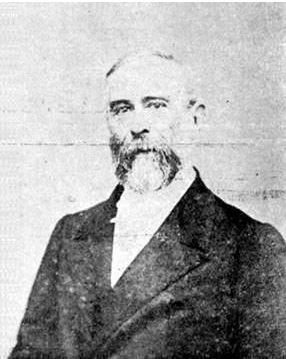The context of the Fourth Crusade
O Siege of Constantinople, also known as "sack of Constantinople”, occurred in April 1204 as an unforeseen development of the Fourth Crusade, started in 1202. This crusade was called by the pope innocentIII, in 1198, with the aim of regaining control over Jerusalem. However, the summons was aimed at the nobles of Europe, not kings, as it had been in the third. It took about four years for the Crusaders, consisting primarily of Franks, to be definitively prepared under the command of the Marquis Boniface of Montferrat (or monferrato). In 1202, the Crusade departed.
Agreement with Venice and the attack on Zara
However, to reach their destination, the Crusaders needed supplies and transport conditions to cross the Mediterranean and reach the Middle East. Among those best able to provide this type of assistance were the Venetians. Venice, as Genoa, was one of the most powerful commercial port cities of the Middle Ages. However, the Crusaders could not pay in coin for the services of the Venetians, so they signed a mutual aid agreement.
This agreement provided for the following: to the Crusaders the Venetians would offer ships and supplies and, in return, they would receive military aid to attack an enemy city, Zara, which was under the rule of the King of Hungary. The deal was signed and Zara was attacked in 1202. The problem is that this gesture provoked enormous displeasure in Innocent III, who excommunicated the noble leaders involved.
Agreement with Prince Alexios and the first attack on Constantinople
The Crusade leaders needed another plan to undo the ailment with the Papacy. That plan came to light when the prince Aleixo IV Angelo, son of Isaac II Angelo, Byzantine Emperor, met the Crusaders and made them a proposal. Isaac II had been driven from his post by usurpers, and the son was planning an attack on those usurpers to regain his father's throne. Aleixo promised the Crusaders to settle the debt with the Venetians and even promote the reunification of the Churches, Eastern (Orthodox) and Western (Catholic), separated since the time of the Schism of 1054, if the warriors fought against the usurpers. Both, but especially the last proposal, pleased Bonifacio de Montferrat (who was also a friend of Philip from Swabia, son-in-law of the dethroned emperor), since the end of the schism could reconcile the Crusaders with the Papacy.
Do not stop now... There's more after the advertising ;)
The Venetians, of course, also approved the agreement, and the troops moved towards Constantinople.
The siege and sack of Constantinople
The attack to regain the throne took place in 1203. The Venetians surrounded the city by sea, while the Franks attacked by land. Before long, the usurpers fled the city and Isaac II was re-enthroned. However, the promises made by Alexios were not fully fulfilled and many cultural differences between Latins (Western) and Byzantines began to surface in those circumstances.
The Crusaders then decided to attack the Emperor and besiege Constantinople. The first attack was repelled. However, in April 1204, a new attack, stronger and more incisive, was articulated. The result was one of the most violent in the history of the Crusades. The city was completely besieged and subjugated. Looting, depredation, rape spread in the capital of the EmpireByzantine. As historian Hilário Franco Jr. writes:
[…] Several days of disorder followed, with the Latins killing, burning, raping, but above all looting, taking possession of the immense riches of Byzantium. According to a participant and chronicler of the event, “the gains were so great that no one will be able to tell the amount in gold and silver, tableware, precious stones, satin and silk fabrics, furs and all the richest goods ever found in the Earth". Among the looted riches stood out the relics, of which Constantinople was rich, and which were then scattered throughout Europe. [1]
In place of Byzantine power, the call was raised Latin Empire of Constantinople. The nobleman elected to govern it was Baudouin, Count of Flanders. This empire would last until 1261, when Michael VIII Palaeologist reconquered Constantinople with the help of the rivals of the Venetians, the Genoese.
GRADES
[1] FRANCO JR., Hilary. the Crusades. Ed. Brasiliense: São Paulo, 1989.
By Me. Cláudio Fernandes

